The Toddler Talk Blog
Learn about toddler speech and language development from expert pediatric speech therapists and moms.
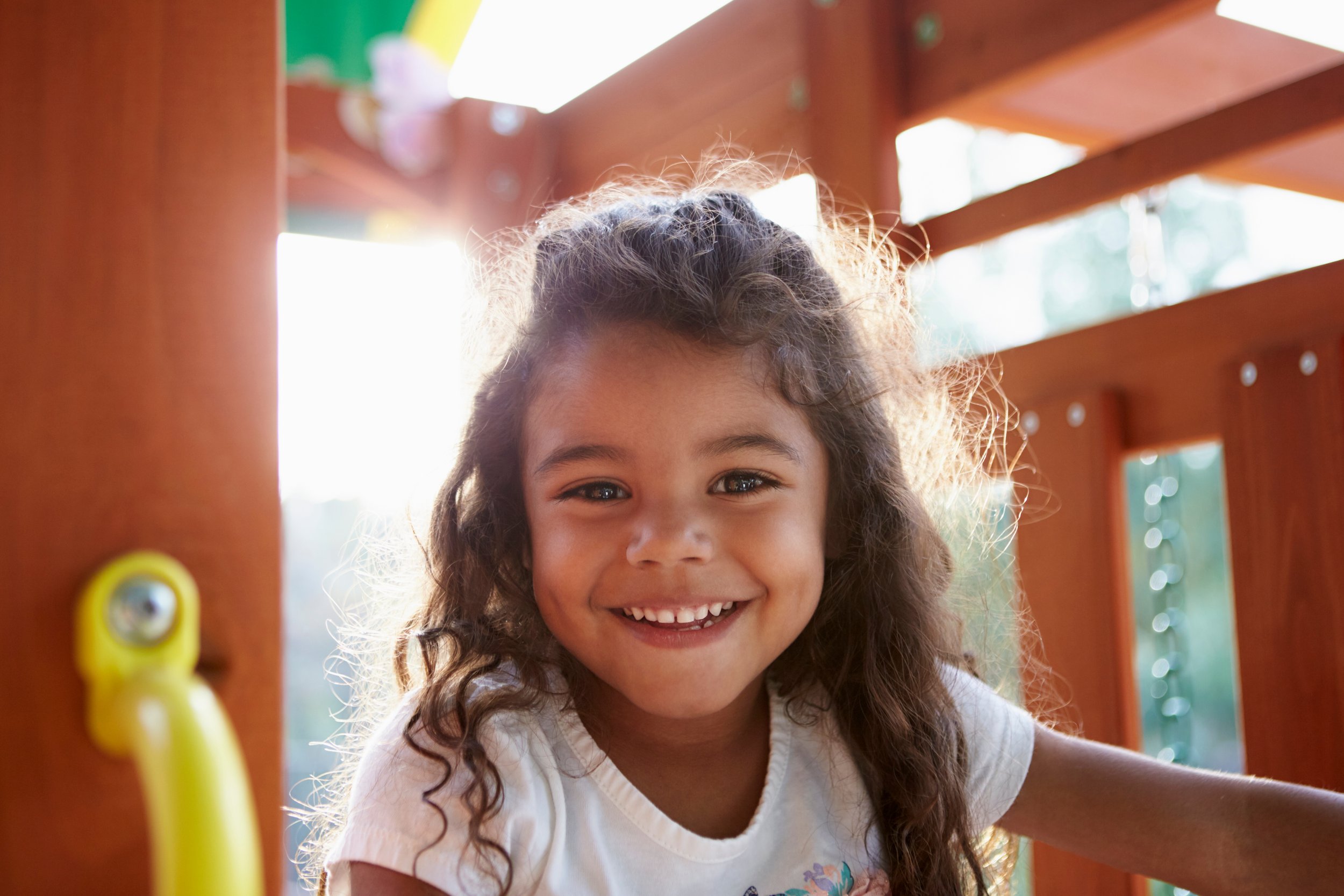
Teaching Your Toddler To Tell You What Happened
Teaching toddlers to tell you what happened is an important speech therapy skill to practice at home. Use these tips and activities to help your toddler tell you about what happened to them.
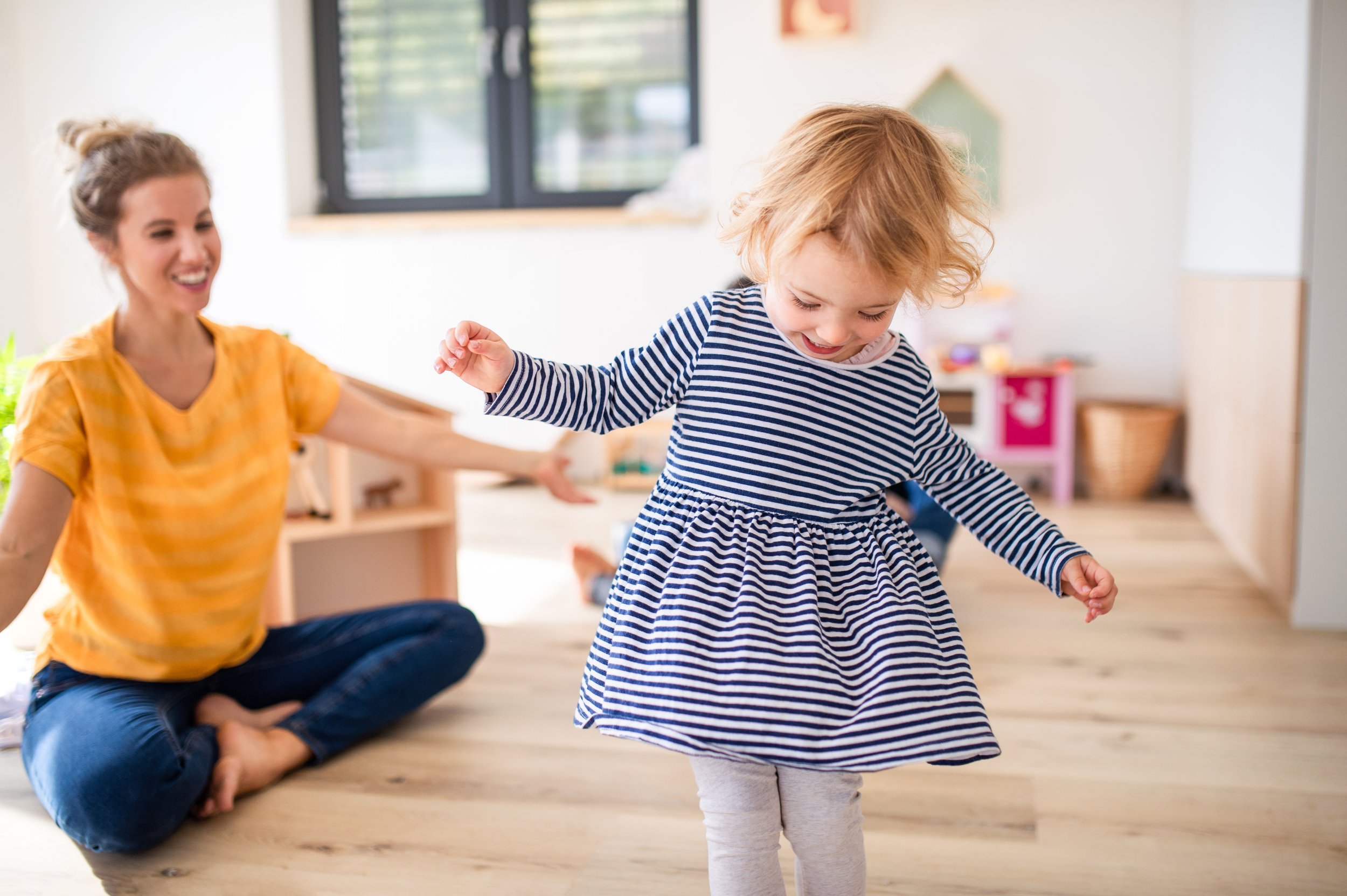
Teaching Toddlers To Use Verbs Ending In -ing
-ing is one of the first verb endings toddlers learn. Use these at home speech therapy tips and activities to teach your little one to use the -ing verb ending.
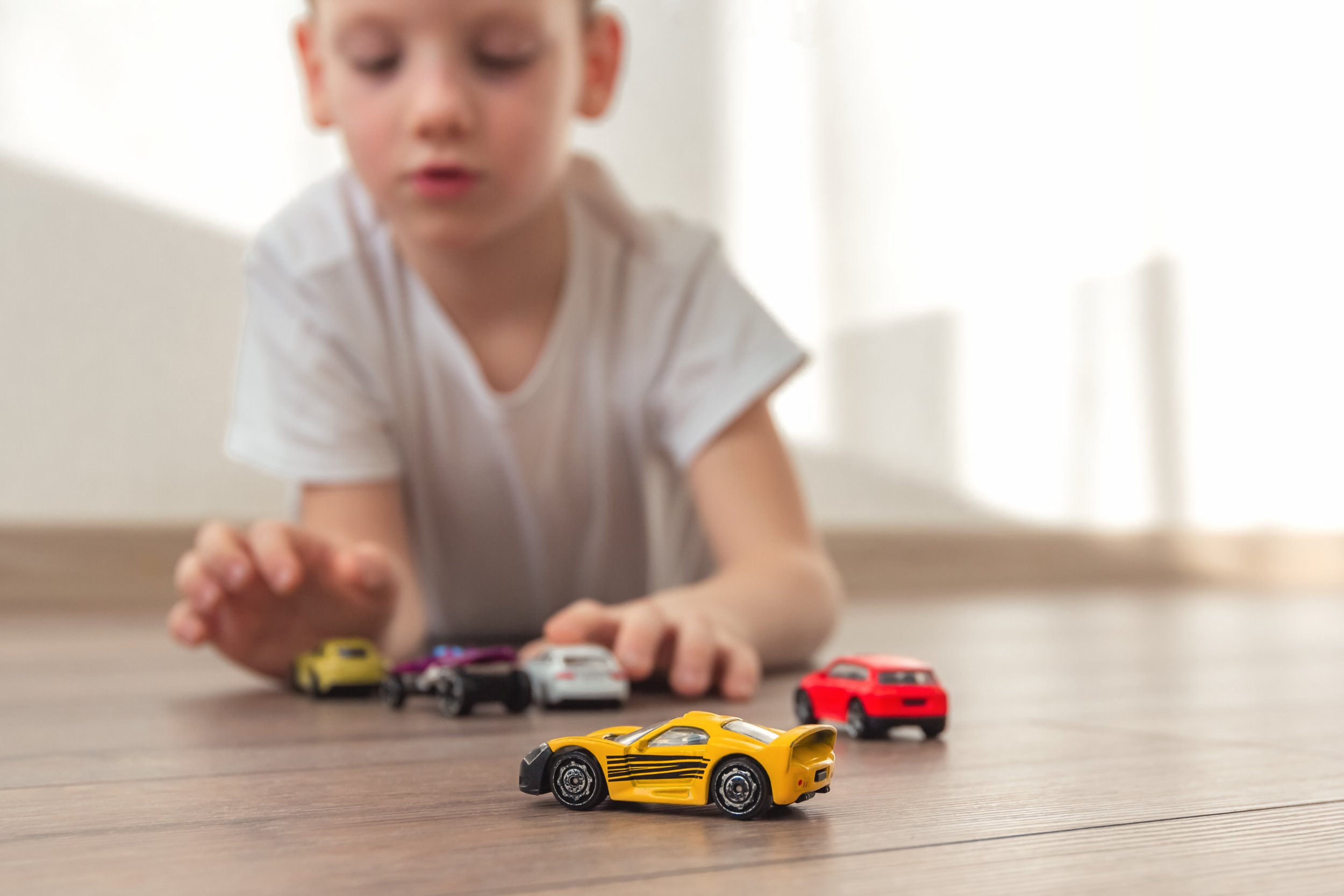
Teaching Toddlers Plural Nouns
Teaching toddlers to use the plural -s is a fun and exciting way to grow their grammar skills at home. Use the speech therapy tips and activities to help!
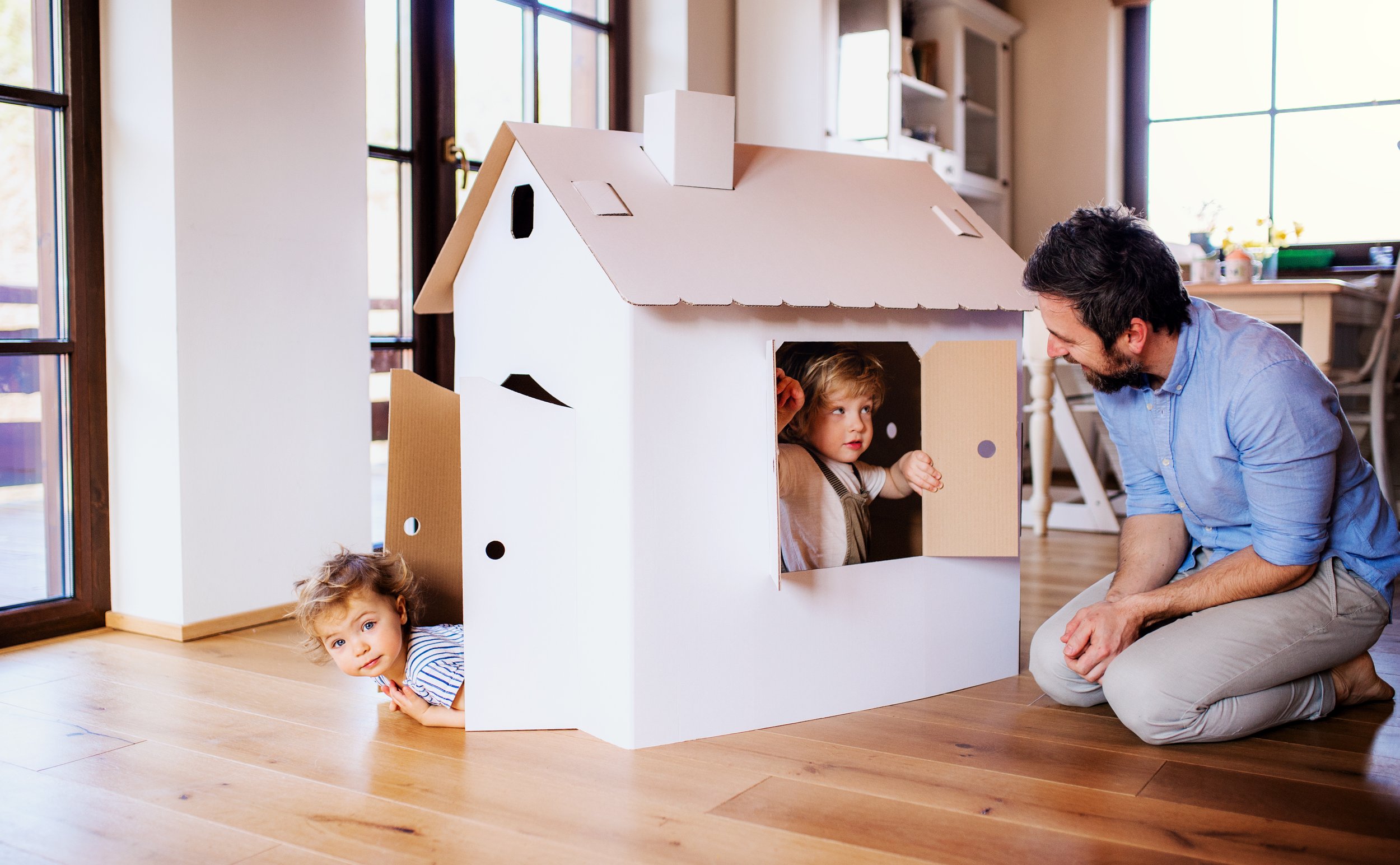
Teaching Toddlers How To Ask Questions
Teaching 2 year olds to ask questions is a fun way to practice speech therapy at home. Learn 3 speech therapy tips and activities that you can use for fun and simple practice.
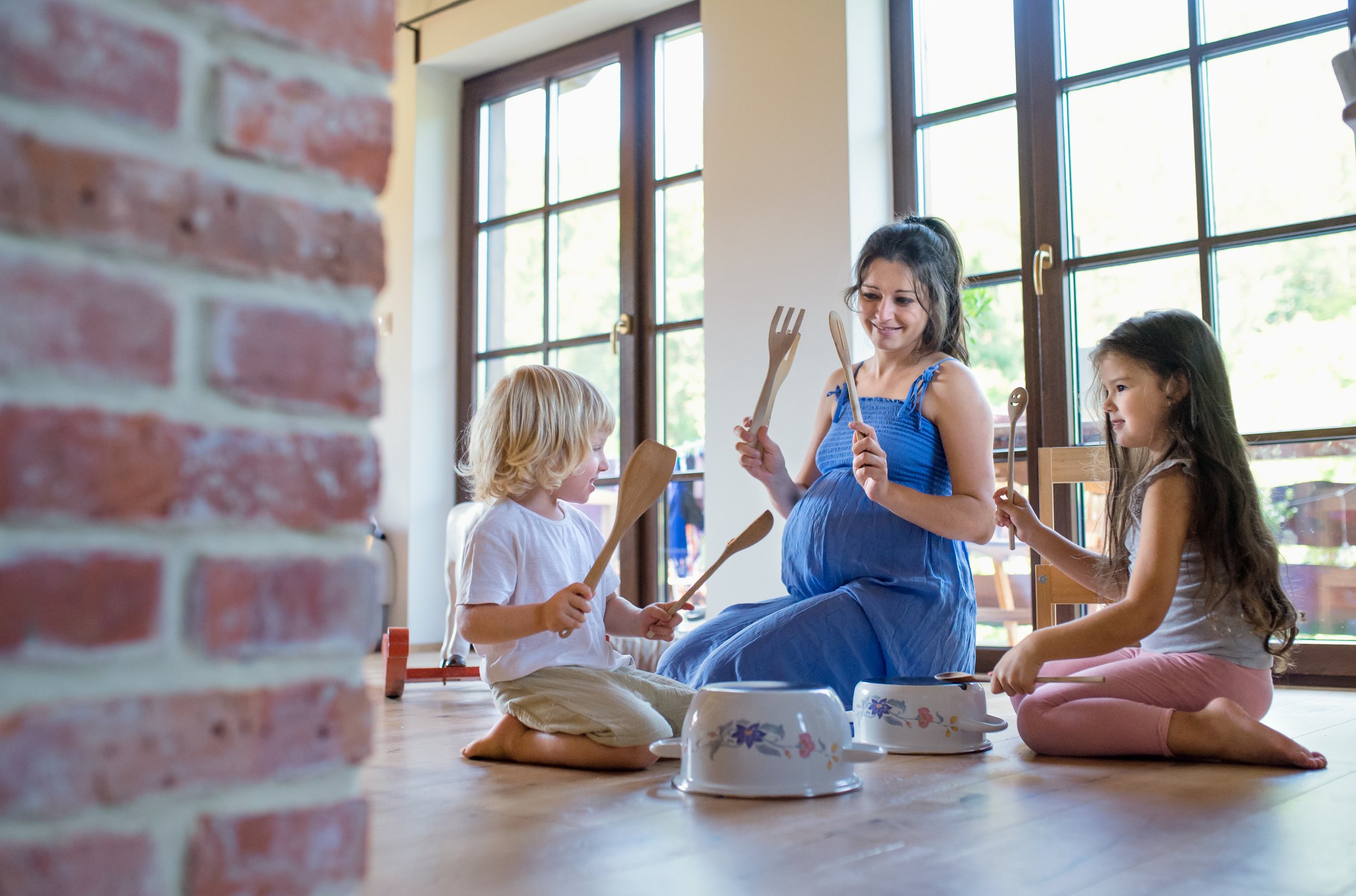
Teaching Toddlers To Say 3 Word Phrases
3 Word phrases are a common speech therapy goal for toddlers who are learning to talk in sentences. Learn 3 speech therapy tips and 3 activities you can use at home to teach 3 word phrases.

Teaching Toddlers To Talk In Sentences
See how you can encourage your toddler to put 3 or more words together in a sentence with at home speech therapy activities and strategies.
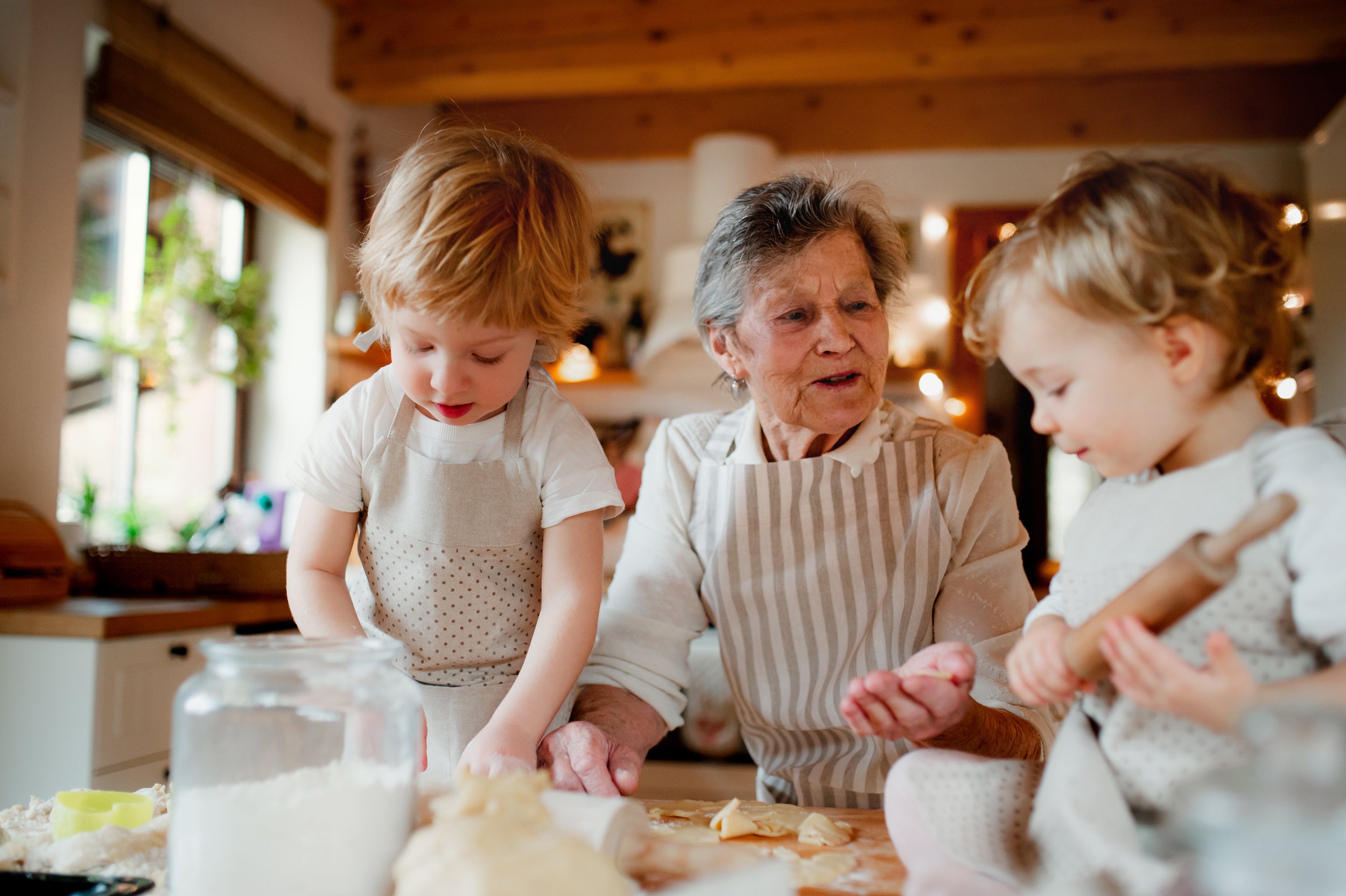
Teaching Verbs Helps Toddlers Say Sentences
Teaching toddlers verbs is one way to help them work towards talking in sentences. See 3 speech therapy tips and get our PDF activity handout with 3 fun and simple ways to teach verbs at home.
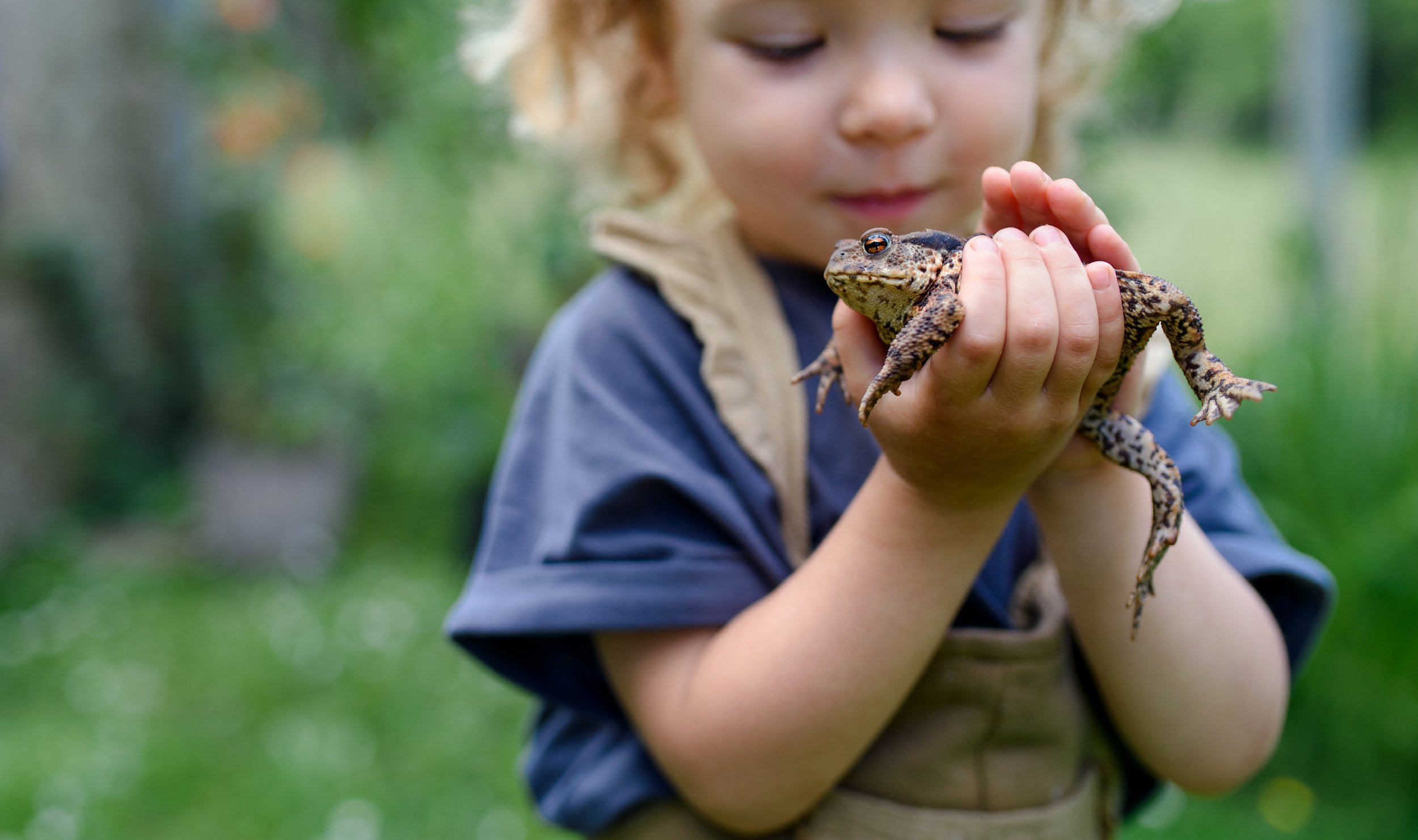
Teaching Toddlers To Use Phrases To Make Comments
Saying a 2 word phrase to tell you about something they experience is an exciting milestone for toddlers learning to talk. Learn speech therapy tips and activities you can use to build this skill at home.
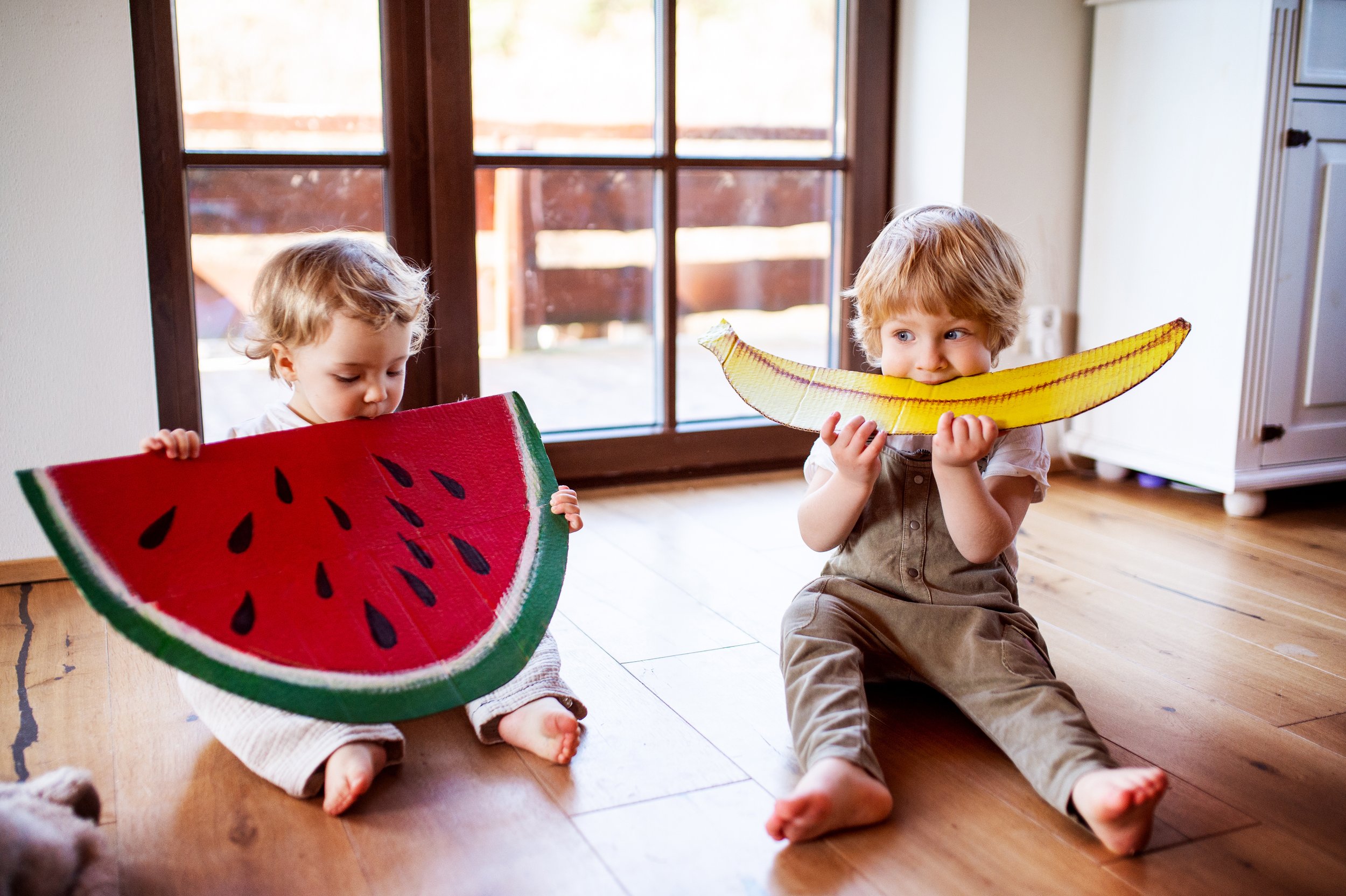
Teaching Toddlers to Say 2 Words Together To Ask For What They Want
Toddlers begin to use 2 word phrases when they can say about 50-100 single words. Learn how to help your toddler reach this exciting 2 word milestone with these speech therapy tips and activities.

Putting 2 Words Together
Help your 2 year old learn to put words together with these speech therapy strategies for combining words. Plus, we’ve created 3 super easy at home activities that will help you teach your little one to combine words together.
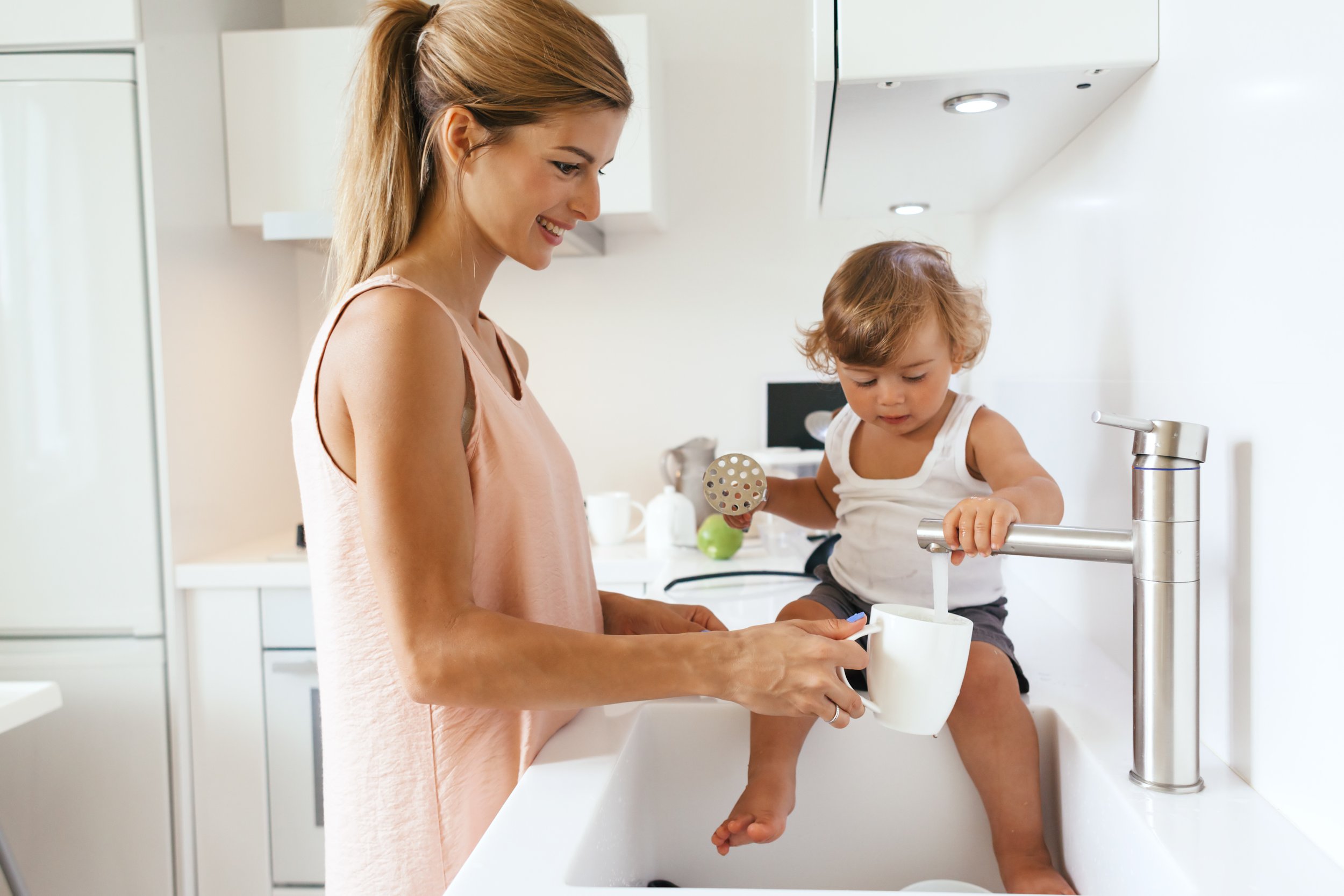
How to Encourage Your Child’s First Words!
First words are such an exciting milestone! Learn speech therapist and mom approved speech therapy tips and activities to help your child say their first word!

Teaching Toddlers to Repeat Words
Children begin repeating words they hear you say just before they say their first word. See how you can use these fun and doable speech therapy tips and activities to get your little one repeating words.

Teaching toddlers communicative gestures
Communicative gestures are a stepping stone towards talking for toddlers. Learn 3 speech therapy tips plus at home activities for teaching your toddler to communicate with gestures.

Teaching Kids to Ask for Help
Teaching toddlers how to ask for help when they need it is a common speech therapy goal for young children. Learn speech therapy tips and activities you can use to practice at home.

Teaching Toddlers To Imitate In Play
Toddlers learn to talk through imitation! Help them first by supporting imitation in play. Use these speech therapy tips and activities to grow imitation skills at home.
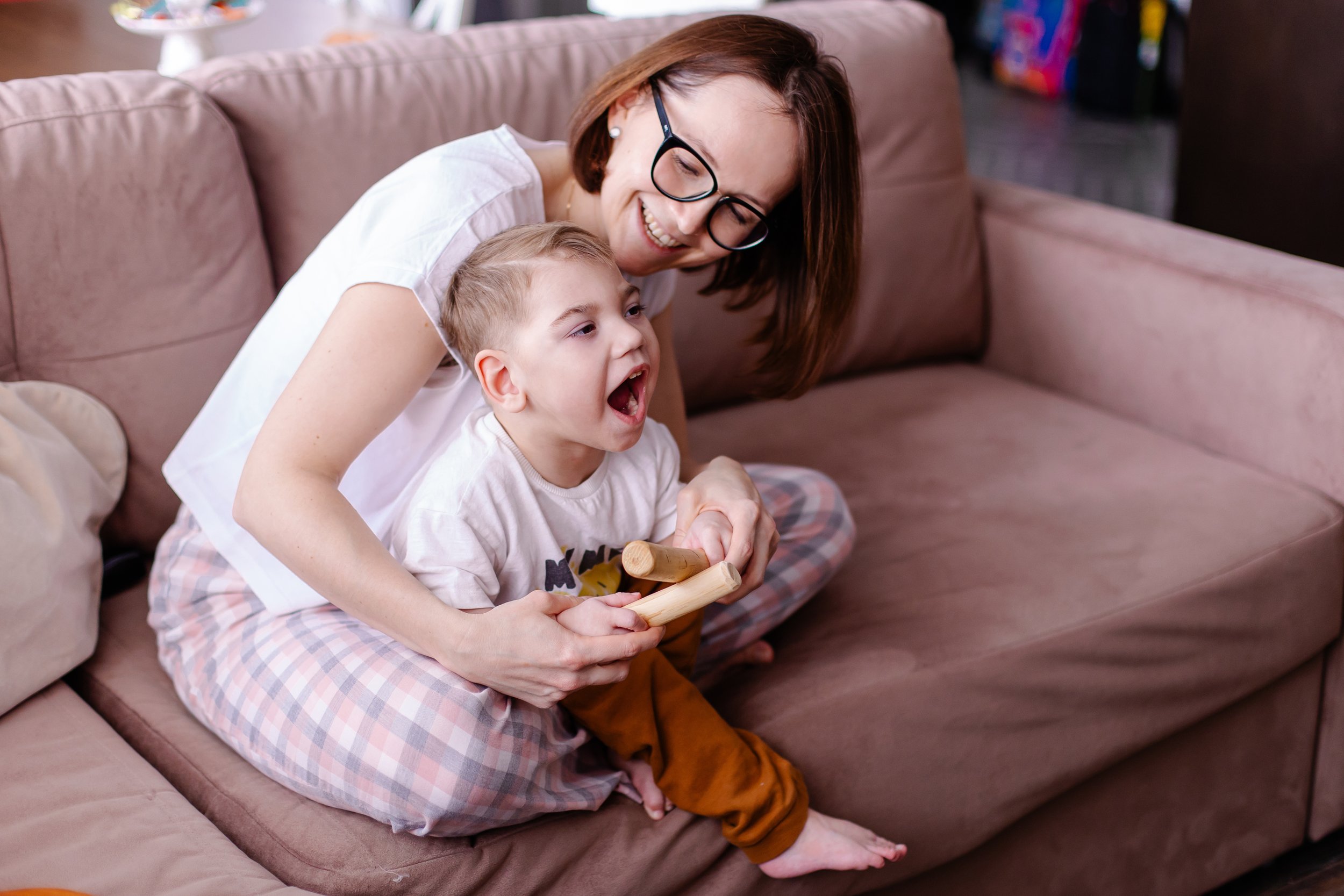
Ways To Increase Joint Attention When Practicing Speech At Home
Joint attention happens when you and your toddler are paying attention to the same thing and is a foundational skill for toddler speech therapy. Use these tips and activities to grow joint attention with your toddler.

Building Non-verbal Communication Skills At Home
Teaching your child to play back and forth with you is one way speech therapists build non-verbal communication skills. Learn speech therapy tips and activities to encourage back and forth play at home.
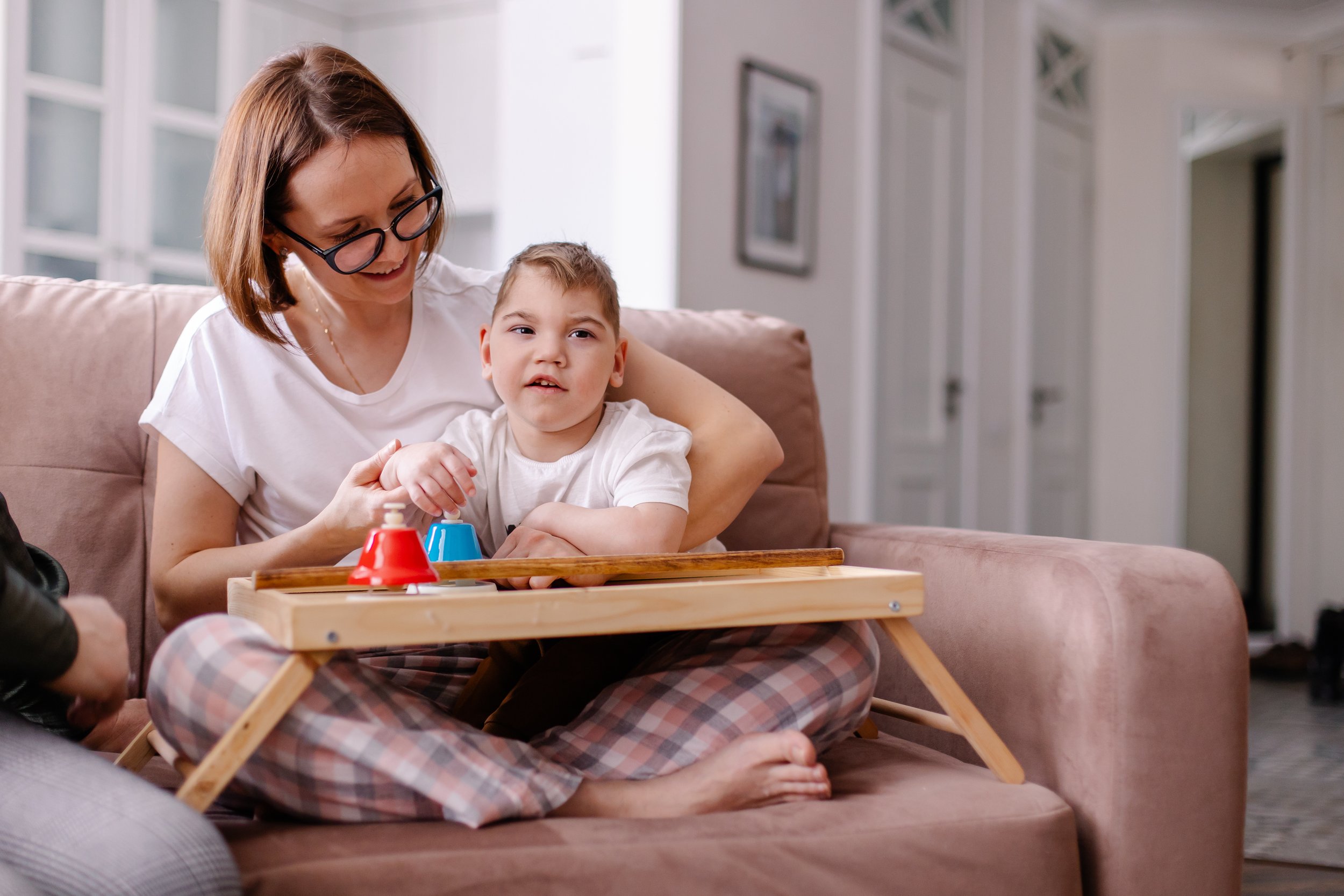
The Best Prelinguistic Communication Tips
Prelinguistic communication is the way your child tells you something before they start talking. These tips can be used to find your child’s way of communicating with you.


